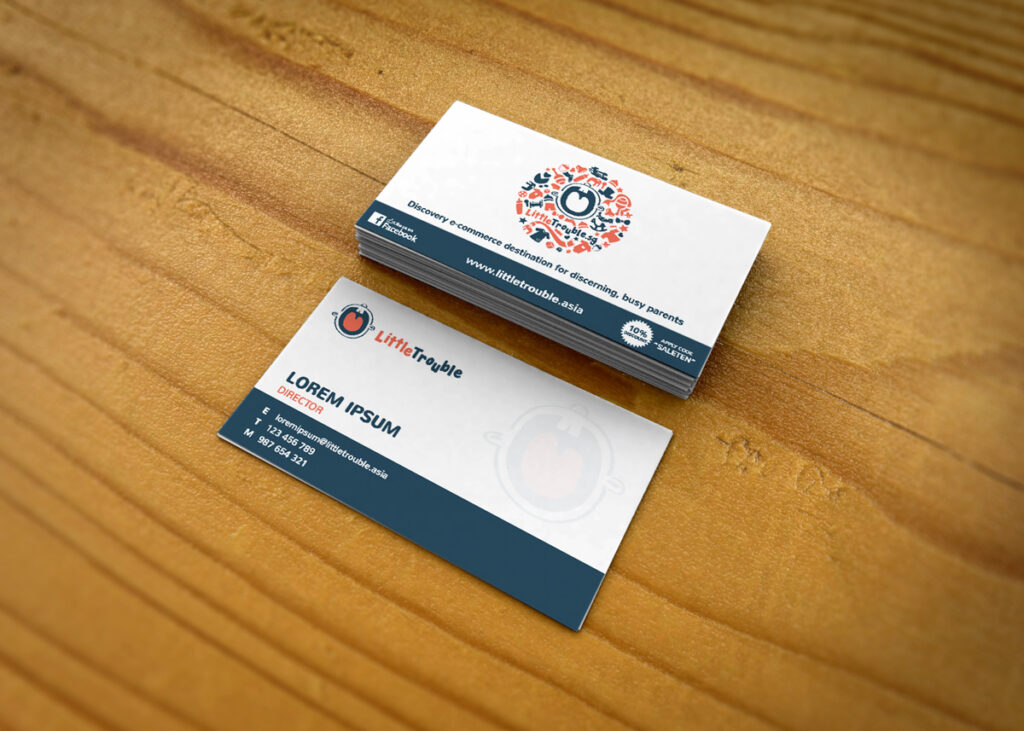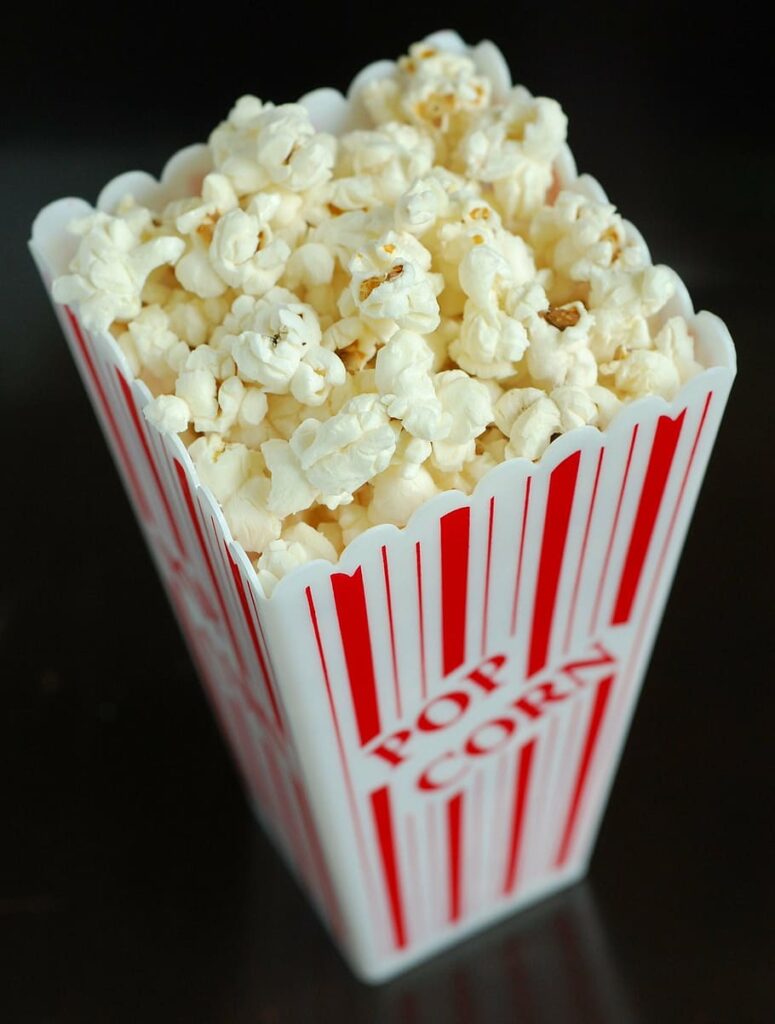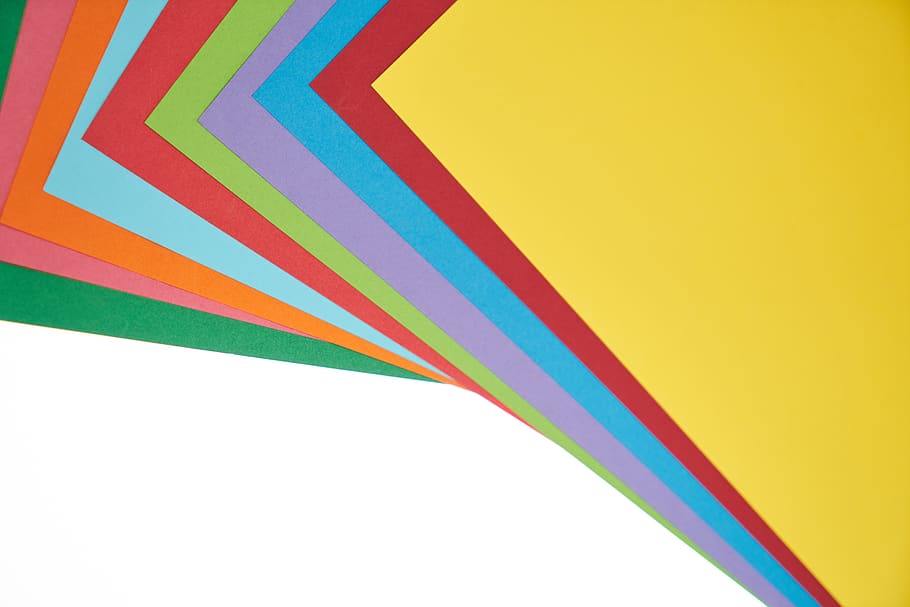Introduction
Paper: A simple, everyday object often taken for granted. Yet, its potential is boundless. It is an essential part of our lives, with its influence reaching across diverse domains—from art and education to technology and healthcare. This article unfolds the myriad uses of paper, delving into its roles in various spheres. It provides an in-depth analysis of this humble material’s versatility, shining a light on its contributions to our daily lives and the potential it holds for the future. By exploring creative, household, educational, professional, and even technological uses, we shall embark on a fascinating journey of discovery. We’ll also consider the environmental impact of paper and the importance of sustainable practices. Through this exploration, we strive to deepen your understanding and appreciation of how many uses one paper can have. So, let’s turn the page and begin our exploration.
Creative Uses for Paper

Image Credit: heyletsmakestuff.com
From crafting to fashion, paper has found its way into the heart of creativity.
Crafting Personalized Greeting Cards:
Paper enables personal connections through DIY greeting cards. As per a report by the Greeting Card Association, approximately 6.5 billion greeting cards are purchased annually in the U.S. alone [1].
Making Origami Figures:
Origami, the Japanese art of paper folding, promotes creativity and spatial skills. Akira Yoshizawa, a renowned origami artist, created over 50,000 models [2].
Designing Handmade Jewelry:
Paper beads and origami earrings are eco-friendly alternatives to traditional jewelry. Boutiques like Quilling Card have proven the market viability of paper jewelry [3].
Creating Collages for Art Projects:
Collages utilize old magazines and newspapers, giving waste paper new life. Artists like Derek Gores repurpose paper into stunning collages [4].
Constructing Paper Mache Sculptures:
Paper mache crafts range from masks to décor. Schools often integrate this art form into curriculum to foster creativity [5].
Practical Applications for Paper in the Home

Image Credit: housing.com
Paper’s versatility extends to numerous household applications.
2.1 Using Paper for Cleaning Purposes: Paper towels are a household staple, with a market size of $12 billion globally in 2021 [6].
2.2 Crafting Homemade Decorations: DIY paper decorations for holidays and events are cost-effective and sustainable. Martha Stewart’s brand is a testament to paper’s decorative potential [7].
2.3 Implementing Paper as Plant Pot Liners: Paper liners help keep plant pots clean and can also be composted [8].
2.4 Using Paper as a Tool for Organizing Spaces: Labels, notes, and planners are essential for organizing. Bullet journaling, for instance, has a huge community of dedicated users [9].
2.5 Making Homemade Recipe Cards: Recipe cards help preserve family cooking traditions. Websites like Etsy offer countless handmade paper recipe cards [10].
Educational Uses of Paper

Educational settings provide a wealth of applications for paper.
3.1 Developing Learning Tools for Children: Paper flashcards and puzzles can enhance children’s learning. According to Prof. Roediger at Washington University, retrieval practice with flashcards improves memory [11].
3.2 Creating Interactive Study Guides: Paper-based study aids facilitate effective learning. A study from Princeton University indicates that note-taking by hand enhances conceptual understanding [12].
3.3 Crafting Educational Games and Puzzles: Paper-based games like crossword puzzles or Sudoku can boost cognitive skills. The New York Times’ bestselling crossword puzzle books highlight the popularity of such games [13].
3.4 Designing Classroom Decorations: Classroom decorations can facilitate a conducive learning environment. Teachers Pay Teachers, an online marketplace, offers thousands of paper-based classroom décor [14].
3.5 Making DIY Books for Storytelling: Children can create their own books, encouraging creativity and literacy. The Center for Literacy at the University of Akron advocates for such projects [15].
References
- Greeting Card Association. (2022). Greeting Card Fact Sheet.
- Lang, R. J. (2003). Origami Design Secrets: Mathematical Methods for an Ancient Art. AK Peters.
- Quilling Card. (2023). Handmade Jewelry.
- Gores, D. (2023). Collage Artworks.
- School Arts Magazine. (2022). Paper Mache in School Curriculum.
- Global Paper Towel Market. (2022). Grand View Research.
- Stewart, M. (2023). DIY Paper Decorations.
- The Sill. (2023). Houseplant Care: Paper Pot Liners.
- Carroll, R. (2021). The Bullet Journal Method. Portfolio.
- Etsy. (2023). Handmade Recipe Cards.
- Roediger, H. L., & Karpicke, J. D. (2006). Test-enhanced learning: Taking memory tests improves long-term retention. Psychological Science, 17(3), 249-255.
- Mueller, P. A., & Oppenheimer, D. M. (2014). The pen is mightier than the keyboard: Advantages of longhand over laptop note taking. Psychological science, 25(6), 1159-1168.
- The New York Times. (2022). Bestselling Crossword Puzzle Books.
- Teachers Pay Teachers. (2023). Classroom Decorations.
- The Center for Literacy. (2023). DIY Books for Children.
Paper in Professional Settings

The business world is rife with uses for paper.
4.1 Utilizing Paper for Business Cards: Despite digital advancements, 27 million business cards are printed daily, signifying their continued relevance [16].
4.2 Creating Flyers for Promotion and Advertisement: Flyers remain an effective promotional tool. FedEx Office reported that four out of five small businesses found professional printing services helpful in standing out [17].
4.3 Making Charts and Graphs for Presentations: Paper-based visual aids can enhance presentations. Edward Tufte, a data visualization expert, emphasizes the power of well-designed paper handouts [18].
4.4 Using Paper for Formal Letters and Correspondence: Formal correspondence often requires paper, maintaining its importance in business communication [19].
4.5 Crafting Paper Prototypes for Design Projects: Paper prototyping is an inexpensive method for initial product design. UX designers like Laura Klein advocate for this practice [20].
Environmental Impact and Sustainability of Paper Use
While paper use is widespread, we must also consider its environmental implications.
5.1 Recycling Paper: Methods and Benefits: Every ton of paper recycled saves 17 trees and 7,000 gallons of water [21].
5.2 Creating Compost from Paper Waste: Composting paper waste can enrich soil health. The US Composting Council promotes this practice [22].
5.3 The Role of Paper in Sustainable Packaging: Paper-based packaging is increasingly favored for its recyclability. The sustainable packaging market is expected to reach $440.3 billion by 2028 [23].
5.4 Reusing Paper: Innovative Ideas: Reusing paper helps minimize waste. The Zero Waste Movement advocates for creative reuses of paper [24].
5.5 Transforming Paper Waste into Eco-friendly Products: Companies like Greenpaper produce eco-friendly products from paper waste [25].
References
- Statistic Brain. (2022). Business Card Statistics.
- FedEx Office. (2018). Small Business Survey.
- Tufte, E. (2001). The Visual Display of Quantitative Information. Graphics Press.
- Business Communication. (2022). Role of Paper in Formal Correspondence.
- Klein, L. (2013). UX for Lean Startups. O’Reilly Media.
- Environmental Protection Agency. (2022). Benefits of Recycling Paper.
- US Composting Council. (2023). Composting Paper Waste.
- Sustainable Packaging Market. (2022). Fortune Business Insights.
- Zero Waste Movement. (2023). Reducing Paper Waste.
- Greenpaper. (2023). Eco-friendly Paper Products.
Technological Applications of Paper
Paper’s utility in technology might surprise you.
6.1 Paper in Circuitry and Electronics: Researchers at Purdue University have developed paper-based circuits, signifying paper’s potential in electronics [26].
6.2 Use of Paper in Sensor Technology: Paper sensors, like those developed by Diagnostics for All, provide cost-effective diagnostic tools for healthcare [27].
6.3 Paper as a Material for Data Storage: Paper discs, such as those from Hitachi, can store large data volumes, offering an eco-friendly alternative to traditional storage mediums [28].
6.4 The Role of Paper in 3D Printing: 3D printing with paper, like Mcor Technologies’ method, allows for cost-effective prototyping [29].
6.5 Paper-based Batteries and Energy Solutions: Researchers at Binghamton University have created paper-based batteries, demonstrating paper’s potential in sustainable energy solutions [30].
Paper in the Fashion Industry
Fashion designers are embracing paper as a novel material.
7.1 Paper Clothing: A Historical Perspective: Paper clothing had a brief popularity surge in the 1960s and has seen a recent resurgence in haute couture [31].
7.2 Modern Uses of Paper in Clothing Design: Designers like Jolis Paons have crafted stunning paper dresses, redefining wearable art [32].
7.3 Paper Accessories and Jewelry: Paper-based accessories offer unique and sustainable fashion statements. The success of brands like PaperMelon demonstrates this [33].
7.4 The Role of Paper in Fashion Sketching: Fashion sketches are vital in the design process. Renowned designer Alexander McQueen heavily relied on sketching for his collections [34].
7.5 Paper in Fashion Show Decor and Set Design: Paper has been used in fashion show sets for brands like Chanel, showcasing its versatility [35].
References
- Purdue University. (2019). Paper-Based Electronics.
- Diagnostics for All. (2023). Paper-Based Sensors.
- Hitachi. (2022). Quartz Glass Data Storage.
- Mcor Technologies. (2023). Paper 3D Printing.
- Binghamton University. (2022). Paper-Based Batteries.
- Paper Clothing in the 1960s. (2021). Smithsonian Institution.
- Paons, J. (2023). Paper Dresses.
- PaperMelon. (2023). Paper Jewelry.
- Alexander McQueen. (2022). The Art of Fashion Sketching.
- Chanel. (2019). Paper Set Design at Paris Fashion Week.
Paper’s diverse applications extend to the field of medicine.
Medical Uses of Paper
8.1 Paper-based Diagnostic Tools: Paper-based diagnostic tools like pregnancy tests and glucose strips are invaluable in healthcare [36].
8.2 Use of Paper in Medical Record Keeping: Despite the shift towards electronic records, paper is still prevalent in healthcare documentation [37].
8.3 Paper Packaging for Medical Supplies: Paper packaging for medical supplies is often sterilizable, recyclable, and cost-effective [38].
8.4 Sterilization Wraps: Paper in the Operating Room: Paper-based sterilization wraps help maintain sterility of surgical instruments [39].
8.5 Paper and its Role in Hygiene Products: Sanitary products such as tissues, toilet paper, and diapers are indispensable in maintaining hygiene [40].
Paper in the Food Industry

From packaging to cooking, paper plays an essential role in the food industry.
9.1 Paper Packaging and Food Safety: Paper packaging, like the butcher paper for meat, helps ensure food safety [41].
9.2 Use of Paper in Cooking and Baking: Parchment paper and cupcake liners are kitchen essentials for baking [42].
9.3 Paper-based Disposable Utensils: Biodegradable paper-based utensils offer an eco-friendly alternative to plastic disposables [43].
9.4 Paper in Food Presentation and Decoration: Paper doilies and cupcake toppers enhance food presentation [44].
9.5 Recycling and Composting of Paper Food Containers: Composting paper food containers can reduce landfill waste. The City of San Francisco’s composting program exemplifies this [45].
References
- Whitesides, G. M. (2018). Paper Diagnostics. Scientific American.
- Medical Records and Health Information Technicians. (2022). U.S. Bureau of Labor Statistics.
- World Packaging Organization. (2021). Medical Packaging.
- Association for the Advancement of Medical Instrumentation. (2018). Comprehensive Guide to Steam Sterilization and Sterility Assurance in Healthcare Facilities.
- Global Paper Hygiene Market. (2022). Market Research Future.
- American Meat Science Association. (2021). Meat Packaging.
- King Arthur Baking Company. (2023). Baking with Parchment Paper.
- Eco-Products. (2023). Compostable Paper Tableware.
- Wilton. (2023). Cake Decorating Supplies.
- San Francisco Composting Program. (2023). San Francisco Department of the Environment.
FAQs
Q1: What are some creative uses of paper?
From origami and handmade jewelry to collages and paper mache sculptures, paper serves as a medium for numerous creative pursuits.
Q2: How is paper used in households?
Paper finds applications in cleaning, crafting homemade decorations, lining plant pots, organizing spaces, and creating recipe cards.
Q3: How is paper used in education?
Paper aids in the creation of learning tools for children, interactive study guides, educational games, classroom decorations, and DIY books for storytelling.
Q4: What is the role of paper in professional settings?
Paper is utilized for business cards, flyers, charts, and graphs for presentations, formal letters, and paper prototypes for design projects.
Q5: What are the environmental considerations around paper use?
Paper recycling, composting paper waste, paper in sustainable packaging, reusing paper, and transforming paper waste into eco-friendly products are key considerations in the sustainable use of paper.
Q6: How is paper used in technology and fashion?
In technology, paper finds its place in circuitry, sensor technology, data storage, 3D printing, and energy solutions. In fashion, paper clothing, accessories, fashion sketching, and set design are becoming increasingly popular.
Q7: What are the applications of paper in medicine and the food industry?
In medicine, paper is used in diagnostic tools, record keeping, packaging, sterilization wraps, and hygiene products. In the food industry, paper is used in packaging, cooking and baking, disposable utensils, food presentation, and the composting of food containers.
Conclusion
Paper, a seemingly simple material, has a remarkable range of uses, permeating various aspects of our lives. From nurturing creativity to facilitating practical tasks, enhancing educational experiences to streamlining professional work, paper’s versatility is unparalleled. In light of sustainability, the recycling and repurposing of paper are becoming increasingly significant. As technology, fashion, medicine, and the food industry continue to innovate, we can expect even more fascinating applications of paper in the future.
Expert Quote:
“Paper, in its humble simplicity, carries an extraordinary potential. It is the canvas for our creativity, the medium of our memories, and the material that can be transformed limitlessly. Its impact on our lives, while often overlooked, is truly profound.” – Professor James M. Kelly, Linguistics and Paper Historian.
